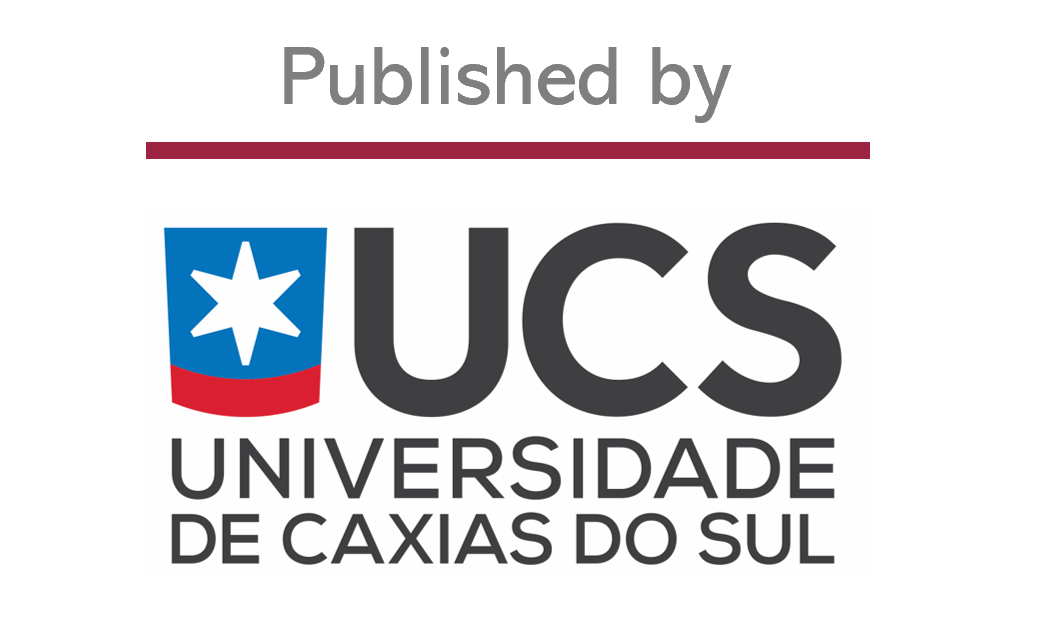Application of Analytic Hierarchy Process Considering Artificial Neural Network and ARIMA for Selecting a Chemical Waste Plant
Abstract
This study defines the best model for a chemical waste plant where the Artificial Neural Network (ANN) and the Integrated Auto Regressive Moving Average Model (ARIMA) were applied as tools for predicting future maintenance cost data. These methods were applied together considering the criteria as follows: plant size, process cost, treatment flexibility, environmental safety and maintenance cost. For this, a decision-making model was developed using the Hierarchical Analysis Method (AHP) with which the company can decide from three alternatives of waste plant models. As a result, the recommendation and solution provide by the multicriteria method was the choice of the alternative 3 of a waste center. This solution indicated the best alternative considering the criteria selected by the company and also the data from RNA and ARIMA In this case, the model presented an index above 70% both in the final aggregation and in the sensitivity analysis.
References
K. Pazek, J. Prisenk, S. Bukovski, B. Prevolsek and C. Rozman, “Multicriteria Assessment of the Quality of Waste Sorting Centers - A Case Study” Journal Of Sustainability, vol. 12, n. 9, p. 37-80, 2020.
A. Adebiyi A., A. Adewumi O., and C. Ayo K. (2014). “Comparison of ARIMA and artificial neural networks models for stock price prediction” Journal of Applied Mathematics, p. 1-8, 2014.
P. Zhang G., “Time series forecasting using a hybrid ARIMA and neural network model. Neurocomputing, v. 50, p. 159-175, 2003.
P. Amenta, A. Lucadamo and G. Marcarelli, “ On the choice of weights for aggregating judgments in non-negotiable AHP group decision making” European Journal of Operational Research, p. 294-301, 2020.
M. Bernasconi, C. Choirat and R. Seri, “Empirical properties of group preference aggregation methods employed in AHP: Theory and evidence”, European Journal of Operational Research, v. 232, n. 3, p. 584-592, 2014.
G.E.P. Box; G.M. Jenkins. “Time Series Analysis: Forecasting and Control,” Holden Day, San Francisco. Google Scholar, 1976.
R. Borsato. L. Corso L., "Aplicação de Inteligência Artificial e ARIMA na Previsão de Demanda no setor metal mecânico." Scientia cum Industria, v. 7, n. 2, p. 165-176, 2019.
R. Sato C. “Gerenciamento de doenças utilizando séries temporais com o modelo ARIMA” Einstein (São Paulo), v. 11, n. 1, p. 128-131, 2013.
A. Linden, J. Adams L., N. Roberts “Evaluating disease management program effectiveness: an introduction to time series analysis” Disease Management, v. 6, n.4, p. 243-255, 2003.
A. Adebiyi, A. Adewumi, C. Ayo, “Comparison of ARIMA and Artificial Neural Networks Models for Stock Price Prediction,” Journal of Applied Mathematics, p. 1-7, 2014.
X. Shuojiang; H. Chan K. and T. Zhang “Forecasting the demand of the aviation industry using hybrid time series SARIMA-SVR approach,” Logistics and Transportation Review, v. 122, p. 169-180, 2019.
J. Gaudart, O. Toure, N. Dessay, A. Dicko L., S. Ranque, L. Forest, J. Demongeot and O. Doumbo K. “Modelling malaria incidence with environmental dependency in a locality of Sudanese savannah area, Mali” Malaria Journal, v.8, 2009.
T. Reichert A., “Influenza and the Winter Increase in Mortality in the United States, 1959-1999” American Journal Of Epidemiology, v. 160, n. 5, p. 492-502, 2014.
A. Earnest, M. Chen I., N. Donald G.; S. Leo Y., “Using autoregressive integrated moving average (ARIMA) models to predict and monitor the number of beds occupied during a SARS outbreak in a tertiary hospital in Singapore” Bmc Health Services Research, v. 5, n.1, 2005.
S. Haykin, S. “Redes Neurais Princípios e Práticas”. 2. ed. New York: Bookman, 2001.
L. Ferreira, et al. “The use of Artificial Neural Networks as a strategy for forecasting prices in the context of agribusiness” Review of Administration and Innovation – RAI, v. 8, n. 4, p. 6-26, 2012.
C. Dias, G., et al. “Modelagem e simulação de um sistema inteligente para controle de dosagem da pós-cloração em estações de tratamento de água”. Engenharia Sanitária e Ambiental, v. 25, n. 2, p. 323–32, 2020.
L. T. Saaty, “How to make a decision: the Analytic Hierarchy Process”. Interfaces, v. 24, n. 6, p. 19-43, 1994.
M. Padovani, “Apoio à decisão na seleção do portfólio de projetos: uma abordagem híbrida usando métodos AHP e programação inteira” 267 f. Dissertação (Doutorado) - Curso de Engenharia de Produção, Universidade de São Paulo, São Paulo, 2007.
A. Ishizaka, P. Nemery, “Multi-criteria decision analysis: methods and software” John Wiley & Sons, 2013.
F. Fontanive, F., L. Corso, L., R. Zeilmann, P., and R. R. Biasin, N. “Aplicação do método de Análise multicriterial AHP como ferramenta de apoio a tomada de decisão”. Revista Espacios, vol. 38, n. 19, p. 6, 2017.
L. Silva, E., M. Menezes, E. “Metodologia da pesquisa e elaboração de dissertação”. 4. ed, Florianópolis, 2005.
Downloads
Published
How to Cite
Issue
Section
License
Declaração de originalidade e cessão de direitos autorais
Declaro que o presente artigo é original, não está sendo tendo sido submetido à publicação em qualquer outro periódico nacional ou internacional durante o processo de revisão. Através deste instrumento, em meu nome e em nome dos demais co-autores, porventura existentes, cedo os direitos autorais do referido artigo à revista SCIENTIA CUM INDUSTRIA. Contudo, a reprodução total ou parcial impressa ou eletrônica pode ser feita desde que o autor comunique oficialmente à revista. Declaro estar ciente de que a não observância deste compromisso submeterá o infrator a sanções e penas previstas na Lei de Proteção de Direitos Autorias. Declaro estar ciente de que a não observância deste compromisso submeterá o infrator a sanções e penas previstas na Lei de Proteção de Direitos Autorias (Nº9610, de 19/02/1998).




